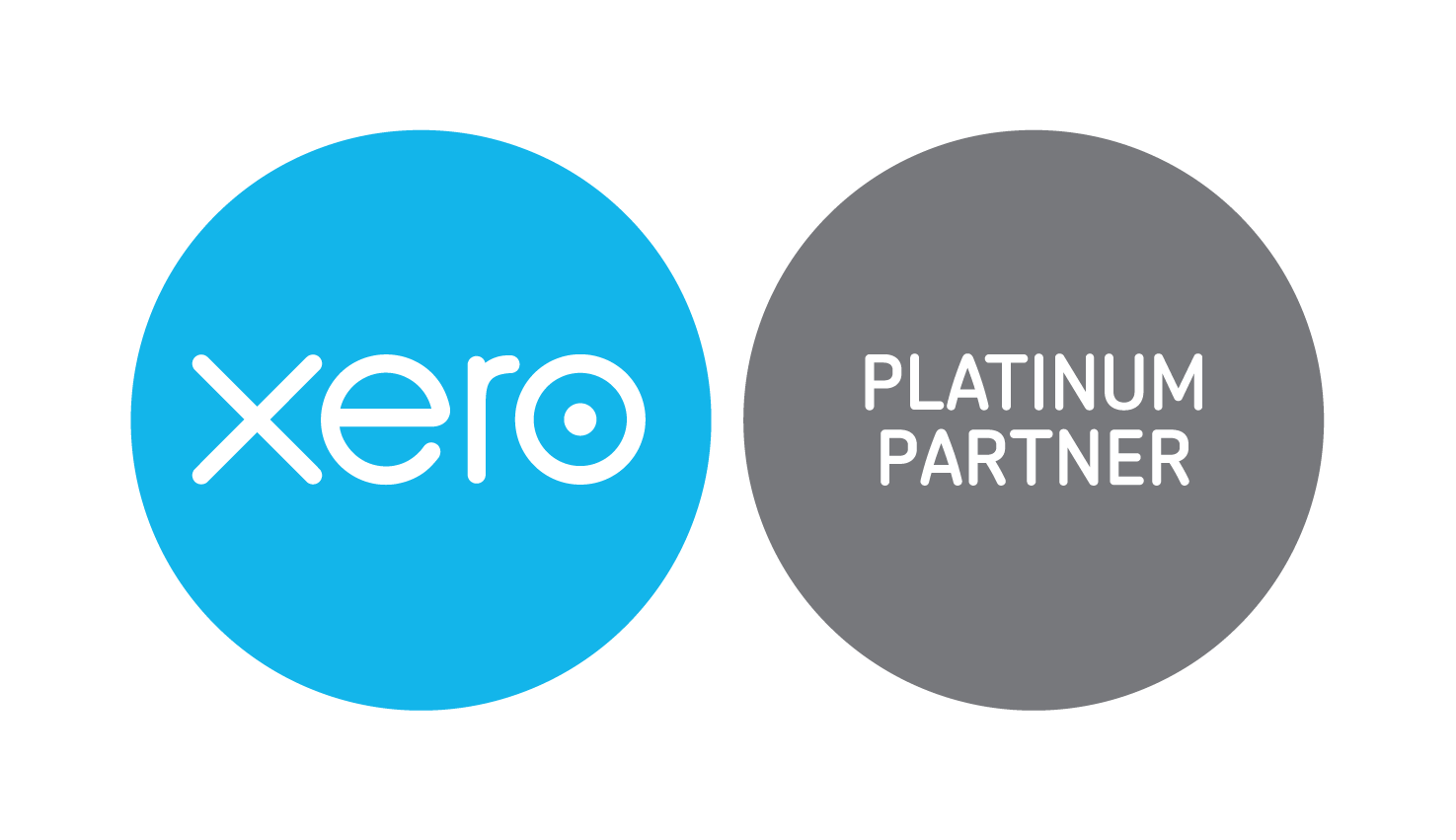Boost your self managed superannuation fund with these tips
As the financial landscape continues to evolve, it’s essential to stay informed about the latest opportunities to enhance your self managed superannuation fund.

Key strategies to increase your superannuation 2024
Let’s take a look at some of the ways that you can build up your retirement nest egg.
Pre-Tax Contributions
Pre-tax concessional contributions remain a valuable tool for growing your self-managed superannuation fund. The concessional contributions cap for 2024-25 is set at $30,000.
However, the carry-forward rule allows you to exceed this limit if you have a total super balance of less than $500,000. Unused amounts can be accumulated for up to five years, providing an opportunity to make additional contributions.
It’s important to stay within the cap to avoid tax implications, as any excess contributions are added to your taxable income.
Work Test Exemptions and Personal Deductible Contributions
Since 1 July 2022, individuals under the age of 75, are allowed to make all types of contributions, except downsizer contributions, which have specific age and eligibility conditions.
The removal of the work test requirement means you don’t have to fulfil the 40-hour gainful employment criteria to make or receive non-concessional super contributions and salary sacrificed contributions.
As you reach the age of 75 and beyond, your self managed superannuation fund can still accept compulsory employer contributions and downsizer contributions, subject to meeting the downsizer eligibility conditions.
Additionally, within the 28 days following the end of the month in which you turn 75, your fund can accept voluntary employer contributions, such as salary sacrifice contributions, other amounts paid by your employer to your super fund, and various member contributions, including personal contributions and spouse contributions.
Downsizer Contributions
Take advantage of the lower eligible age for downsizer contributions, it reduced from 60 to 55 in 2023 and will remain the same for the 2024-25 financial year. By contributing up to $300,000 (each spouse) from the proceeds of selling your home to your self managed superannuation fund, you can boost your retirement savings and enjoy potential tax benefits.
Superannuation Guarantee Increase
From 1 July 2024, eligible workers will benefit from a rise in Superannuation Guarantee contributions. The rate will increase from 11% to 11.5%, providing a greater opportunity to grow your superannuation savings and secure a more comfortable retirement.


Salary Sacrifice
Consider setting up a salary-sacrifice arrangement to make regular contributions to your self managed superannuation fund. This allows for automatic contributions, ensuring disciplined and consistent growth. By employing the concept of dollar-cost averaging, you can navigate market volatility and build exposure to growth assets over time.
Spouse Contributions & Splitting
Maximize the benefits of spouse contributions by splitting up to 85% of your concessional contributions. This strategy can equalize balances between spouses, optimize tax-free benefits, or provide shelter from Social Security means testing.


Transfer Balance Cap Potential Changes
The Transfer Balance Cap, which is critical for managing the shift from superannuation to a tax-free pension phase, remains at $1.9 million for the 2024-25 financial year. This cap was previously increased from $1.7 million to $1.9 million from 1 July 2023. It’s important to monitor any future changes to the cap as it directly affects how much you can transfer into pension phase without incurring additional taxes. Keeping abreast of these updates can significantly enhance your flexibility in managing retirement savings.
FAQs
What is a concessional super contribution?
A concessional super contribution refers to contributions made into a superannuation fund with pre-tax or tax-deductible funds. These contributions include employer contributions, such as superannuation guarantee payments and salary sacrifice contributions, as well as personal contributions claimed as a tax deduction.
Concessional contributions are taxed at a lower rate within the superannuation fund, typically at 15%, making them a tax-effective way to boost retirement savings. However, there are limits on the amount of concessional contributions that can be made each year, which are subject to the concessional contributions cap set by the government.
What is the carry-forward rule in SMSF?
The carry-forward rule allows individuals to carry forward the unused amount of concessional contributions for up to five years, providing flexibility in making additional contributions. For example, if you haven’t reached the full concessional contributions cap of $30,000 in the current financial year, you can carry forward the unused amount and contribute it in subsequent years.
This rule enables you to maximize your superannuation savings by utilizing previously untapped contribution limits. It’s important to note that the carry-forward provision applies to concessional contributions and can only be accessed if you have a total super balance of less than $500,000.
What is a bring-forward arrangement in SMSF?
A bring-forward arrangement refers to the ability of individuals to make larger non-concessional (after-tax) contributions to their superannuation fund over a three-year period. This arrangement allows individuals to bring forward the next two years’ non-concessional contributions caps and contribute a higher amount in a single financial year.
The bring-forward arrangement is subject to certain eligibility criteria and contribution limits.
What is the concept of dollar-cost averaging in SMSF?
The concept of dollar-cost averaging in a self managed superannuation fund refers to a strategy of regularly investing a fixed amount of money at consistent intervals, regardless of the market conditions. With dollar-cost averaging, investors benefit from purchasing more units or shares when prices are lower, effectively lowering the average cost per unit or share over time.




